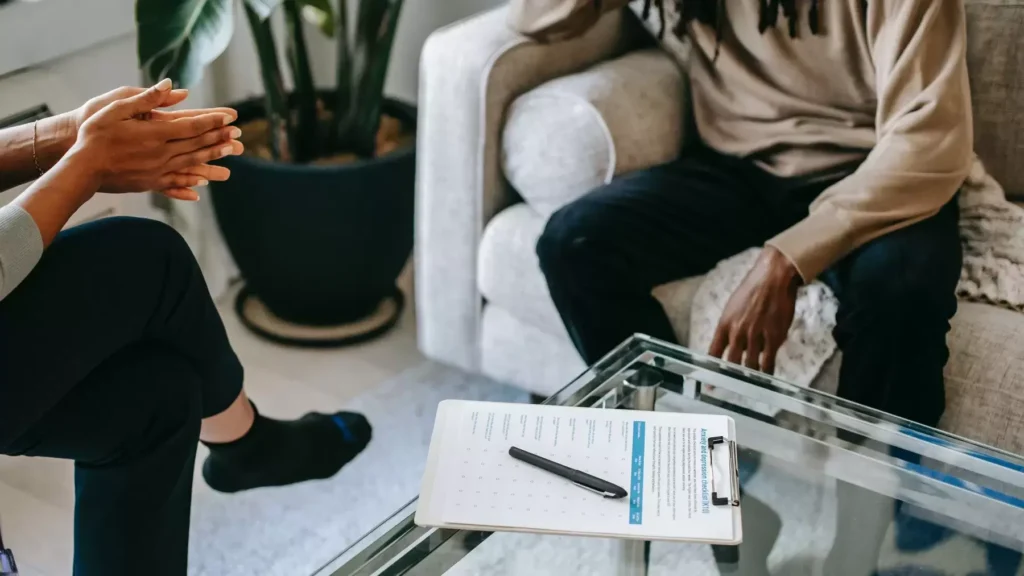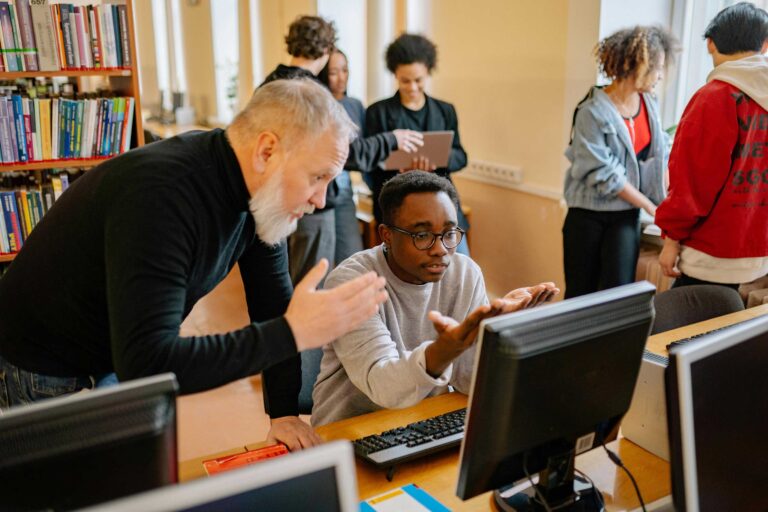A little over a year ago, I started to wonder if maybe I was autistic.
Not one to let things go (also known as hyperfixation), my exploration led me to reading scientific books about autism spectrum disorder (ASD) and memoirs by autistic people, listening to various podcasts about autism, and looking up resources and information about ASD online. I even started seeing a therapist who specializes in working with neurodivergent patients and who has indicated she agrees with my self-diagnosis.
Despite all of that, I felt that it was important for me to explore an official diagnosis through testing. The entire process took me approximately 10 months, and having just completed it, here are some of the questions I had going into the process – with answers from my own experience.
1. Do I need to be tested to identify as autistic?
From what I learned, the short and easy answer to this question is absolutely not. The autistic and neurodivergent community are very open to self-diagnosis, and with the myriad flaws in the medical testing model for autism, many adults struggle to get anything more than an “inconclusive” result from testing. If having an official autism diagnosis does not make a difference to you and the support you need to succeed, there’s no reason to spend the time, energy, and money to go through the process.
I chose to go through the process for two reasons. First, I wanted to be able to write about my diagnosis without having neurotypical people question it. I view it as an underline to my diagnosis in that way. Second, there are people in my life that were struggling to understand and accept my self-diagnosis. The testing result and official diagnosis have helped me to move my conversations with them about being autistic forward.
2. How long does autism testing take?
While this answer will likely vary, it took me approximately 10 months from putting my name on the waiting list to diagnosis. Nine months of that were spent on the waiting list, so the majority of my testing and diagnosis happened within a month.
This is likely to vary depending on the resources available in your particular area, the type of support you need or don’t need, and whether there is a dedicated adult testing facility or even an option for adult testing at nearby autism facilities.
3. What was the testing like?
Testing may vary depending on your age, types of symptoms, the facility you go to, the type of testing professional you’re working with, and other possible factors.
My testing – which did not include the cognitive testing portion – consisted of two appointments and several forms to fill out. The first appointment was a video conversation with the clinician, in which they asked me to provide medical history, why I thought I might be autistic, and information about various behaviors and thought processes. At that point, there were two options: Either the clinician would decide I did not need further testing and end the process, or she could refer me for further testing. My clinician requested a follow-up in-person appointment based on my responses. She also sent my partner and me several forms to fill out (I filled out three to four, and he filled out one) to rate my behaviors on various scales.
At the in-person appointment, my clinician began by generally asking what was going on with me. There was no preamble or other preparation, and it took me a minute to realize that was, in fact, part of the test. Other activities included “reading” a picture book, telling stories about various objects, identifying a picture, talking about my work, and generally talking about my interests and life. The appointment was roughly 90 minutes long.
During this session, the clinician observed my physical behaviors (like eye contact or stimming), my ability to engage in back-and-forth conversation, my ability to identify and talk about emotions, and things like voice modulation (whether my voice would get loud when talking about things).
4. Now what?
A couple of weeks after the in-person appointment, I had another video appointment with my testing professional, during which she diagnosed me with ASD level one. She shared the observations she made that brought her to this diagnosis, as well as the self-reported and other-reported behaviors she gleaned from the forms my partner and I filled out. She also emailed me a full report (which is long, and I’m still working my way through it).
For adults especially, the testing process may not be as definitive as mine was. It is not uncommon for someone to self-diagnose and then receive an “inconclusive” diagnosis. In talking with various professionals, I have learned that this often has more to do with the test and process itself. Despite extensive information now being available to show that autism is a much broader set of characteristics and behaviors than originally thought, many professionals providing testing services still adhere to an older definition that tends to narrowly apply autistic behaviors to children only, and more specifically, to male children.
If you are an adult and are just starting your journey with autism diagnosis, testing may or may not be for you, but there are plenty of resources available to help on your journey. I’ve learned the most from reading various books and talking with other autistic individuals, as well as listening to podcasts by and with autistic people.
While I am relieved to have an official diagnosis, that in itself will not likely change how I seek out and arrange support for myself – something I’ve been learning to do over the past year and a half. And I believe (and hope) that every little bit I do to educate others about what autism means for me helps someone else with their own autism journey.
Kristen Abell is director of website and digital projects, writer, and advocate for mental health and neurodivergence.


